St. James author puts heart and soul in her first novel
Reviewed by Rita J. Egan
After 10 years of journaling, St. James resident, Cece Gardenia, recently published her first book, “Bringing the Inside Out: Peeling Away the Emotional Layers to Self Acceptance.” The fictional story based on her life centers around polio survivor Colette Aliamo, who throughout her life carries both physical scars as well as emotional ones from her disease and complicated relationships.

In the book, Gardenia invites readers into the heart and soul of Colette who was diagnosed with spinal polio at 22 months in the 1950s. For a few years, the young child was required to use a brace and crutches and was in and out of the hospital until she was 11 years old.
The author delves honestly into the feelings of insecurities and anxiety that she was left with after beating the disease and the dynamics of relationships with family, romantic partners as well as others. Gardenia, who uses a pen name, hopes that readers will find their own path to wholeness, peace and joyfulness after reading her first literary venture. For anyone who has faced adversity in their life, they will easily relate to Colette’s battles with insecurity and anxiety that plagued her in life.
Recently, Gardenia took time to answer a few questions about her book via email.
What made you write this book based on your life experiences?
To offer the reader the idea that no matter what their struggles are, perseverance and the belief that their life can be altered for the best. I have gotten a tremendous amount of feedback from readers that say the story resonated for them and has put their challenges in perspective. Many can’t even imagine a child having polio nowadays. How do you explain what it was like for you as a child suffering from the disease? I felt frightened, isolated, deserted, lonely and often not physically well.
Describe the main character, Colette Aliamo?
Despite the hardships and feeling broken most of her life, she is a force of strength and defiance and is relentless in her beliefs to be true to herself, regardless of the consequences.
In your book, you discuss loss and fear but you also talk about healing and acceptance. What advice would you give those going through tough times?
Be strong in your beliefs and follow your true north. When you are authentic, you will never harbor regrets or guilt.
Was there anything you discovered about yourself while writing this book?
I realized how resilient I was, and how much more I healed than I initially thought.
 You also write in the book how Colette learned from “The Oprah Winfrey Show” that she had the “disease to please” syndrome. How did you overcome worrying about what everyone thought?
You also write in the book how Colette learned from “The Oprah Winfrey Show” that she had the “disease to please” syndrome. How did you overcome worrying about what everyone thought?
It was learning to believe in myself through my experiences of wellness. Once I conducted myself in a positive vein, I noticed a transformation, not only of confidence but I earned the respect of others. I don’t know if I could have done it alone however. Being medicated has allowed me to be the person I always wanted to be. I am still myself but a more whole person.
How did you come to the decision to take medication for depression?
After many efforts and paths taken to find a way to alleviate my depression, I exhausted my options and took the advice of my friend.
However, you don’t rely entirely on medication. What other things do you do to treat your anxiety and depression?
I did find in the end that I did not have coping mechanisms to rise above my condition and knew that medicating myself was the only alternative left. There are times if I am overly stressed I feel a shift in my well-being. Along with the medication, I resort to yoga (deep breathing) and being present and mindful in the moment enough to overcome my anxiety.
I understand that the painting of the little girl on the cover is of you. Tell me the story behind it.
I had a photo of myself that had been taken when I was a little girl which I wanted to use for the cover, but the publisher would not let me use that because they thought the professional photographer might still be alive 66 years later and would have an issue with it. I hunted for other photos but none reflected what this photo did for me. It depicted my strength and defiance, as if I was telling the photographer, “Go ahead, take my picture!”
I was despondent and my husband tried to comfort me, but there was no answer to the dilemma. We went to bed that night, but I was awoken at dawn’s break by my husband. I asked him, ”What are you doing?” He said, “I am looking for your photo.” With a limp hand I pointed to the armoire and went back to sleep. That morning I found the photo of me on the kitchen table and right next to it was a painting of that image that my husband had copied. A gift of love.
Do you have any future plans to write more books?
I’m considering the idea but don’t want to work on something unless it’s something I think is worthy.
Is there a website where people can visit to find out more about you and “Bringing the Inside Out”?
There is a web page under the name Cece Gardenia but no blog is set up as of yet (www.cecegardenia.com). The better access is through my Facebook page, Bringing the Inside Out, Peeling Away the Emotional Layers to Self Respect by Cece Gardenia.


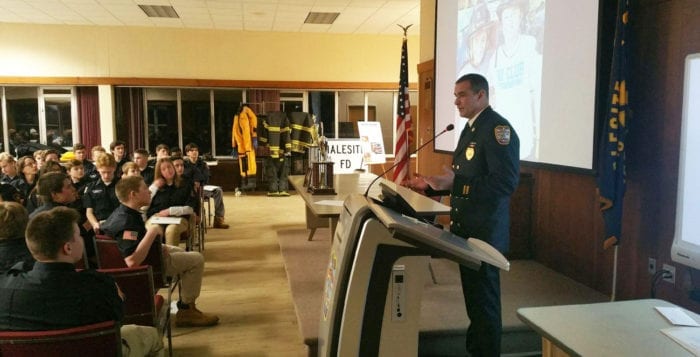

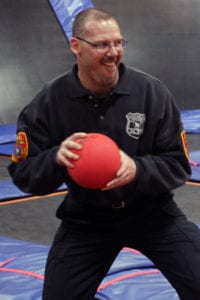

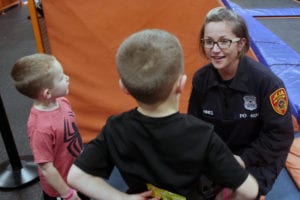





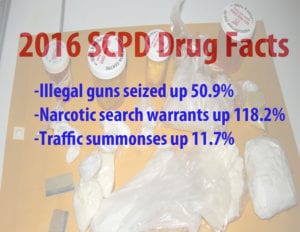
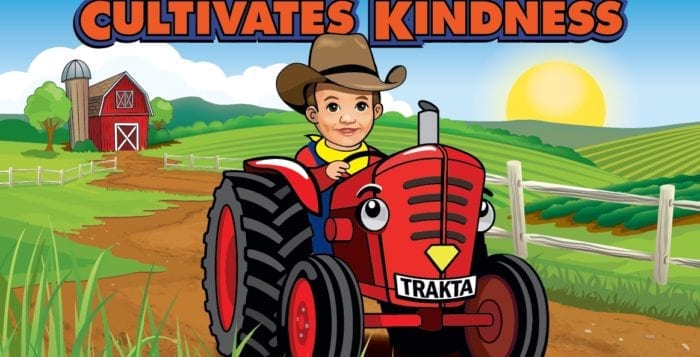

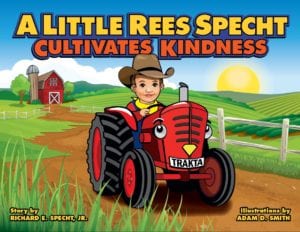 Believe it or not, the idea for the story actually came about because of a problem we had with our original logo for the foundation. The first 20,000 cards we printed had a picture of Rees dressed like Superman on the front. We were informed that using the image of Superman, regardless of who was in the costume, was a trademark infringement and could cause legal issues. We were devastated by this, and I struggled with how I could come up with a new logo that so perfectly fit our mission like the “Superman Rees” picture did. Then, out of the blue, the idea hit me: Rees loved tractors. It was one of the very few words he could use, and every time he saw one he would get excited and yell out “TRAKTA!!!” So, I realized that should be the focus.
Believe it or not, the idea for the story actually came about because of a problem we had with our original logo for the foundation. The first 20,000 cards we printed had a picture of Rees dressed like Superman on the front. We were informed that using the image of Superman, regardless of who was in the costume, was a trademark infringement and could cause legal issues. We were devastated by this, and I struggled with how I could come up with a new logo that so perfectly fit our mission like the “Superman Rees” picture did. Then, out of the blue, the idea hit me: Rees loved tractors. It was one of the very few words he could use, and every time he saw one he would get excited and yell out “TRAKTA!!!” So, I realized that should be the focus.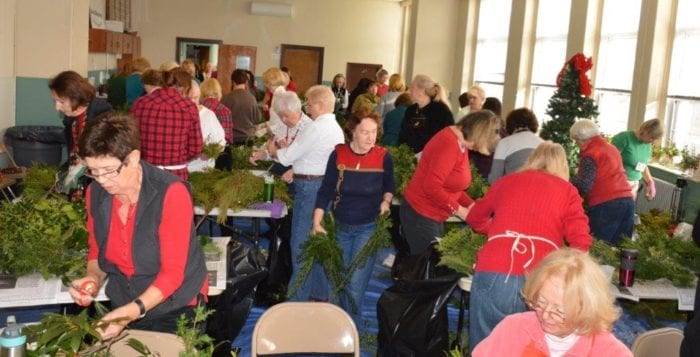




 WINTER HOURS FOR THE LIM: The Visitors Center of the The Long Island Museum, 1200 Route 25A, Stony Brook will be open from Jan. 5 to 29 from Thursday to Saturday from 10 a.m. to 5 p.m. and Sundays from noon to 5 p.m.; closed from Jan. 30 to Feb. 1. The Carriage Museum will be open from Feb. 2 to 18, Thursday to Sunday from noon to 5 p.m. and again on Feb. 23 from 11 a.m. to 5 p.m. The Art Museum is closed through Feb. 1. For further information, please call 631-751-0066 or visit www.longislandmuseum.org.
WINTER HOURS FOR THE LIM: The Visitors Center of the The Long Island Museum, 1200 Route 25A, Stony Brook will be open from Jan. 5 to 29 from Thursday to Saturday from 10 a.m. to 5 p.m. and Sundays from noon to 5 p.m.; closed from Jan. 30 to Feb. 1. The Carriage Museum will be open from Feb. 2 to 18, Thursday to Sunday from noon to 5 p.m. and again on Feb. 23 from 11 a.m. to 5 p.m. The Art Museum is closed through Feb. 1. For further information, please call 631-751-0066 or visit www.longislandmuseum.org.







